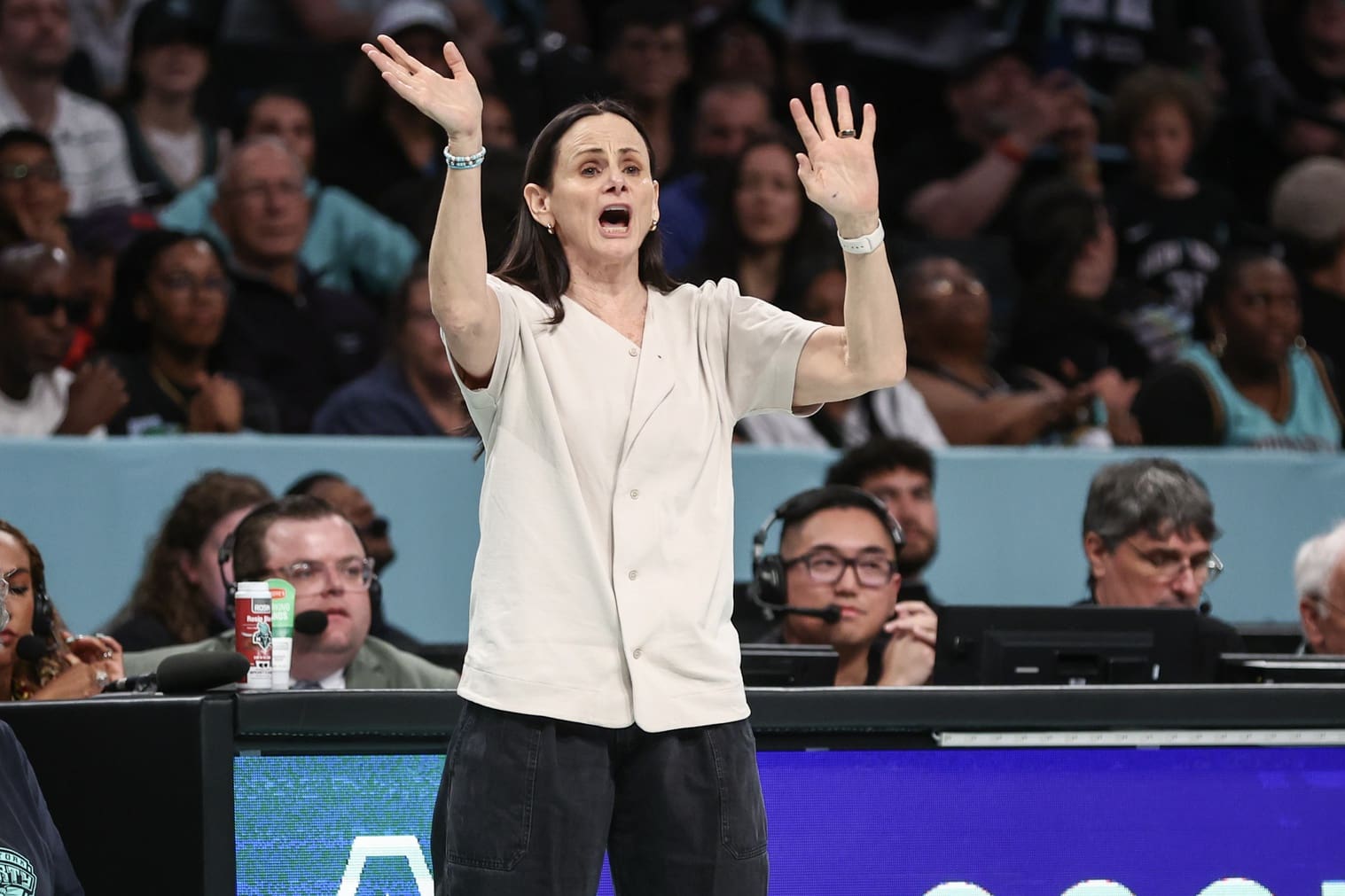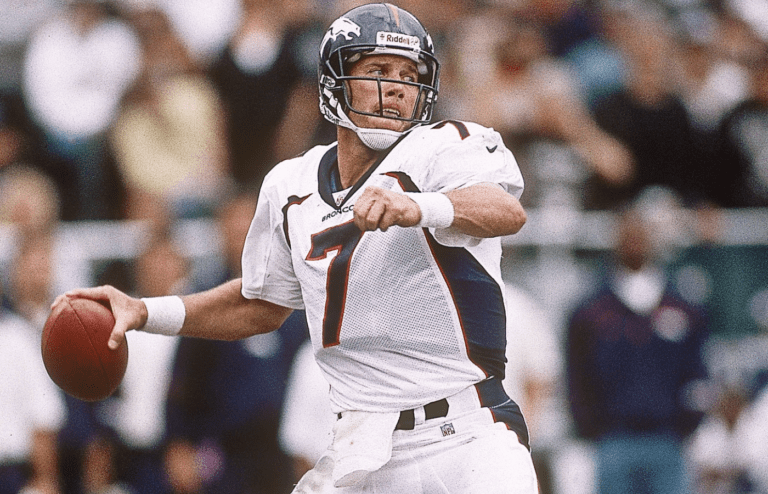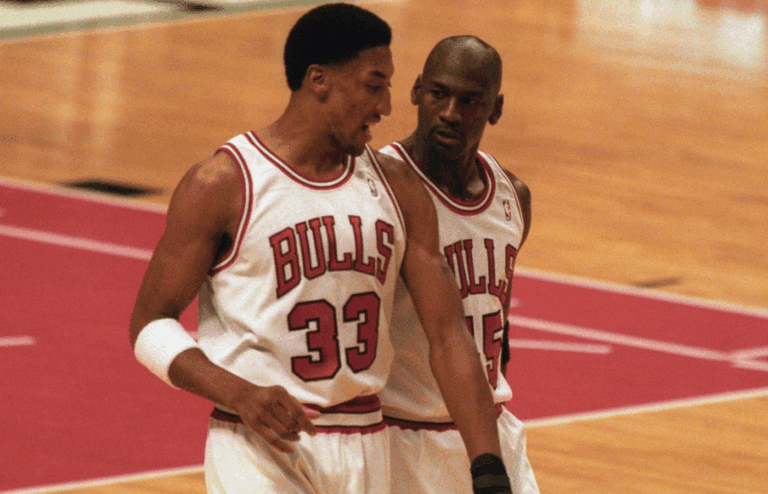Brondello Sounds the Alarm on WNBA Injury Crisis
The WNBA is booming in 2025, but not without cost. This week, the league’s top stars are hitting the injury list at an alarming rate. And Liberty head coach Sandy Brondello believes the problem isn’t bad luck. It’s the schedule.
During a pregame press conference ahead of Wednesday’s clash with the Indiana Fever, Brondello shared her blunt assessment: “Probably having a longer season, having less games on top of each other. I think that’s the only solution.”
Her comments came just hours after Caitlin Clark, the Fever phenom, was ruled out due to a groin injury—her third lower-body injury of the season. She exited Tuesday’s game in visible pain, holding her groin in the final seconds of a sold-out matchup in Boston.
Read More: Ranking the 20 WNBA Players We’re Most Excited to Watch This Season
Packed Schedules and Empty Benches
Clark’s injury wasn’t an isolated incident. The Fever played five games in just eight days, wrapping up with back-to-back road matchups in Boston and New York. The result? A depleted roster and a 98–77 blowout loss to the Liberty.
Across the league, stars are falling:
- Satou Sabally (Mercury) is out with an ankle sprain.
- Angel Reese and Ariel Atkins (Sky) are sidelined with leg issues.
- Jonquel Jones (Liberty) re-aggravated an ankle injury in June.
- Rhyne Howard (Dream) suffered a knee injury and is out for July.
Brondello noted that most of these are soft-tissue or load-related injuries, which can worsen when games are crammed too closely together. “When it gets to muscle, it’s more about probably too many games,” she said.
The WNBA expanded to a 44-game season in 2025, aiming to drive revenue and fan engagement. But Brondello warns that this growth must be matched with smarter scheduling, or the league risks burning out its biggest draws.
Furthermore, she acknowledged not every injury can be blamed on timing. Freak accidents like Howard’s will always occur. Still, giving players more time between games may reduce the number and severity of soft-tissue injuries.
As the All-Star break looms, the WNBA faces a hard question: Is its current structure pushing players past the limit?
Read More: New York Liberty Dealt with Major Injury Blow








